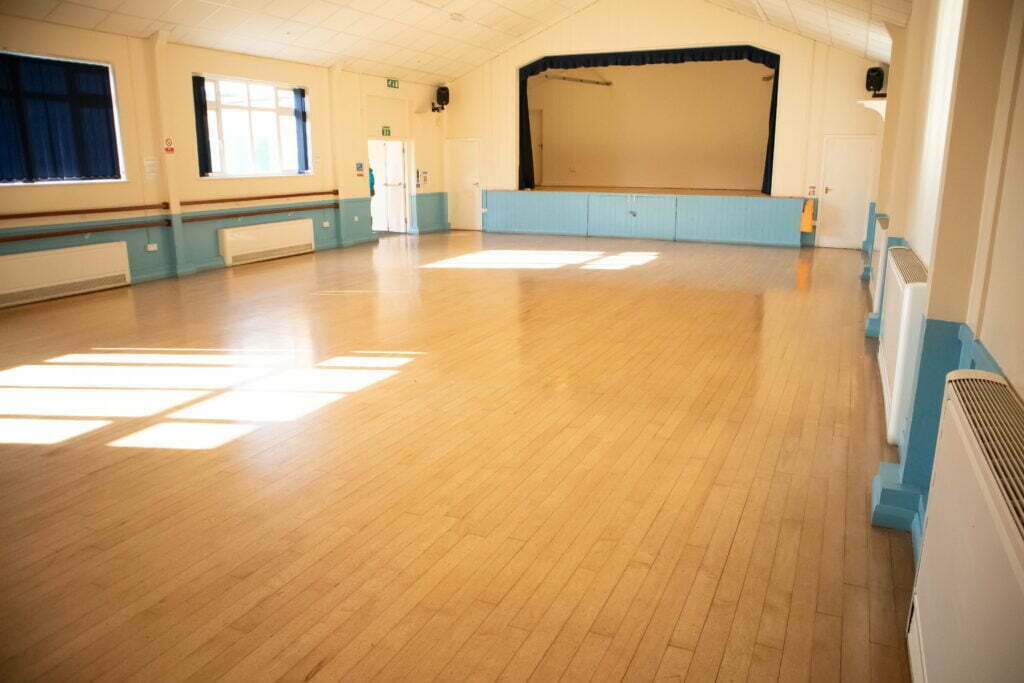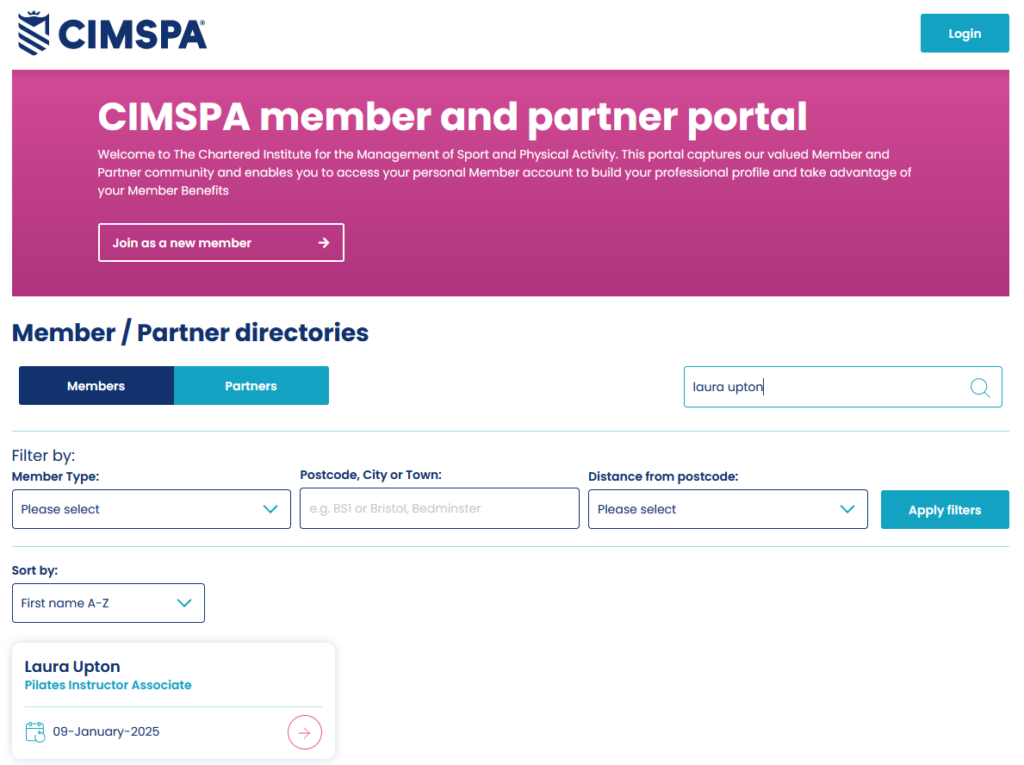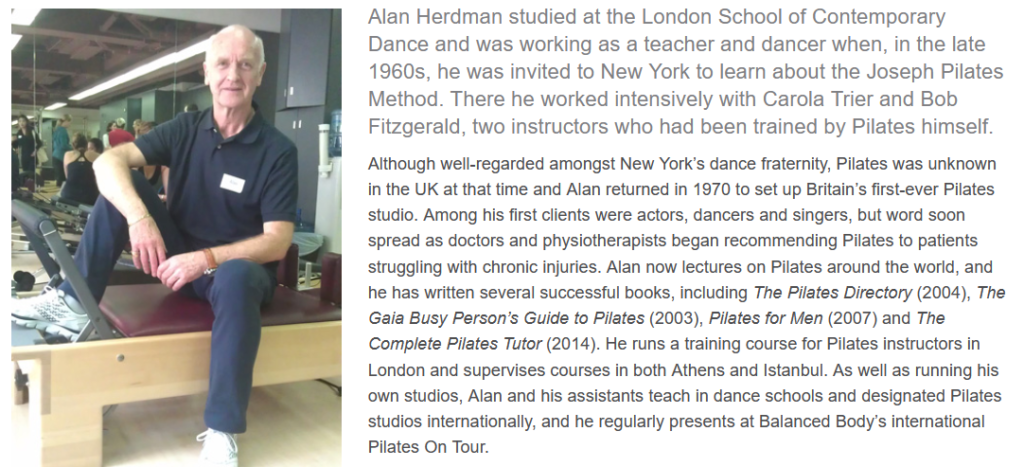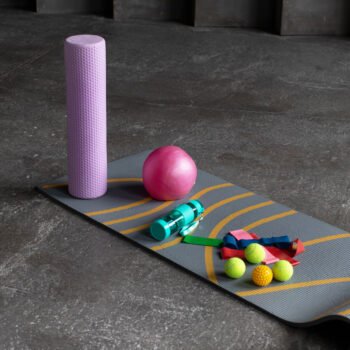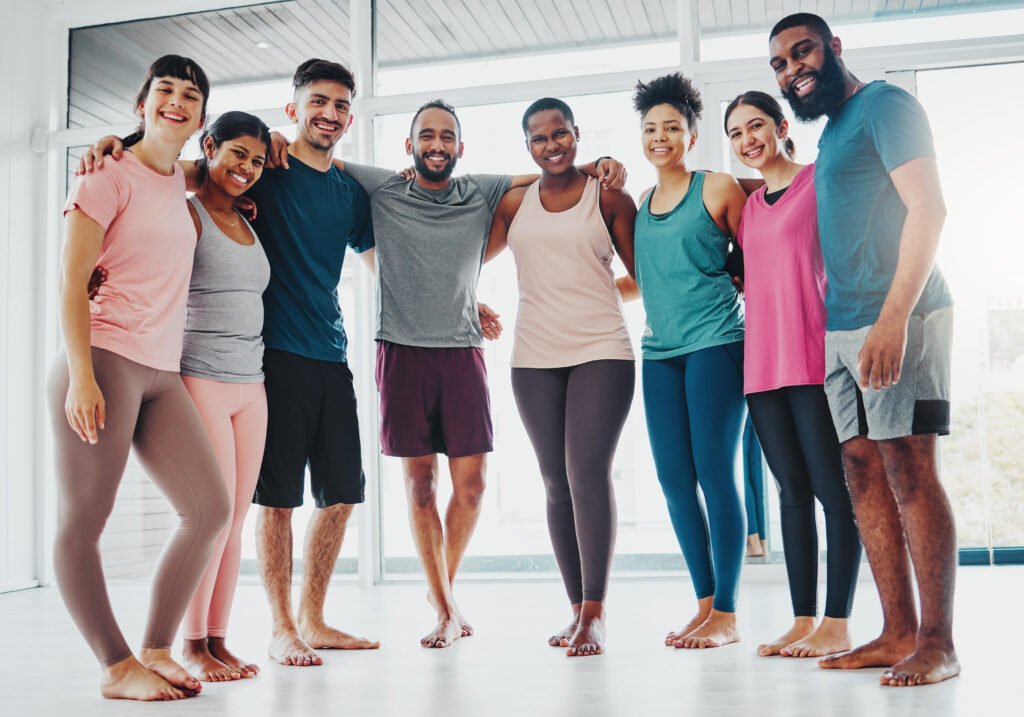
Pilates Classes
Pilates Classes Mondays at Glen Parva at 4:45pm and Online Zoom on Tuesdays at 5:45pm
Quality Assured Instructor
Classes will be delivered by Laura; Laura is a Pilates Instructor Associate registered with the Chartered Institute for the Management of Sport and Physical Activity (CIMSPA). To achieve this status the Instructor must meet the rigours standards set by CIMSPA that include holding a Pilates Qualification with a minimum of 200 hours of training with 160 hours of direct contact with the mentor/teacher.
Highly Qualified & Experienced Instructor
Laura has successfully worked as Fitness Instructor and Pilates Instructor for over 20 years, she holds many nationally recognised industry standard fitness instructor qualifications and she holds a specific Pilates Qualification. She trained was personally trained and qualified as a Pilates Instructor by Alan Herdman http://alanherdmanpilates.co.uk/about-alan/ In the late 1960’s Alan was invited to New York to learn about the Joseph Pilates Method, he worked intensely with two instructors who had been trained by Joseph Pilates himself. Alan returned to the UK in 1970 and set up BRITAINS FIRST EVER PILATES STUDIO.
Book your classes below
Mondays
PILATES Mondays @ 4:45pm at Glen Parva Memorial Hall £6 per class or 7 classes for £36 or 10 classes for £48
This class takes place at Glen Parva War Memorial Hall, 50 Dorothy Ave, Glen Parva, Leicester LE2 9JD
Every Monday at 4:45 pm
There is a FREE car park on site with ample parking spaces.
Please arrive 5 – 10 minutes prior to class start time.
Details
At Bounce Beyond Leicester Pilates Classes we teach ‘Functional Pilates’, we use a mixture of mat-work and standing exercises which are therapeutic and designed to correct and improve posture, alleviate and prevent future injury and address any imbalance.
Classes are 45 minutes in duration.
Class prices are £6 pay as you go and currently only online bookings and payments are accepted.
Refunds or transfers to an alternative date are permitted up to 48 hours prior to class commencement; you can do this by logging into your account.
Class Passes are available, 7 classes for the price of 6; add 7 classes to your basket; either Pilates or Rebounding (7 of the same class type) the discount will be applied automatically to the value of one free class at checkout.
Please bring with you:
1) Your own mat if you have one, however mats are available
2) A cushion, towel, yoga block or something you can roll/fold up and pop under your head or between your knees if necessary
3) A bottle of water
Please wear:
1) Comfortable soft clothing that allows you to move freely, avoid zips, belts and chunky bra clasps that may dig in when you are lying down.
2) Grippy socks or bare feet; for Pilates you can either be bare foot or keep your socks on, however non-grip socks will usually cause problems especially during standing exercises.
Please ensure you fully disclose any health or medical conditions or concerns when you arrive at class as per the Class Terms and Conditions.
Please check your email to ensure you have received a booking confirmation – if you have not received a booking confirmation after you have made a booking please contact info@bouncebeyondleicester.com
If this is your first time attending a Bounce Beyond Leicester Class please ensure your complete the Health Questionnaire (PARQ form) below, a link to this form can also be found on your confirmation of booking email.

Physical Activity Readiness Questionnaire
What do I need to bring with me?
- Your own mat if you have one however mats are provided
- We have lots of equipment you can use in class, you can also buy the equipment from our shop!
- A bottle of water
- If this is your first class have you completed the Health Questionnaire
What should I wear?
- Comfortable soft clothing that allows you to move freely, avoid zips, belts and chunky bra claps that will dig in when you’re lying down
- Grippy socks or bare feet; In Pilates you can either be bare foot or keep your socks on, however non-grip socks will usually cause problems especially during standing exercises
What is Pilates and why should we all be doing it?
Pilates, originally called Contrology was created and developed by Joseph Pilates in Germany. In 1923 Joseph Pilates emigrated to the US, he settled in NYC and opened a studio on Eighth Avenue in Manhattan where he trained and re-habilitated professional dancers.
The Pilates method and exercises have developed and evolved over the years, today there are many styles, variations and approaches; but all follow the same fundamental Pilates technique and many still use some of Joseph Pilates original exercises and movement patterns.
At Bounce Beyond Leicester classes we teach ‘Functional Pilates’, we will use a mixture of mat-work and standing exercises which are therapeutic and designed to correct and improve posture, alleviate and prevent future injury and address any imbalance. We will focus on the postural muscles of the body, providing special attention to areas of common weakness. We will offer alternatives and variations both for clients with a specific medical diagnosis or injury and more challenging options for stronger clients ensuring everyone is able to work at their own level and improve week on week.
The Principals of The Pilates Technique:
- Relaxation – Many of the issues we need to correct are caused by tension and tightness of muscles. Tight and tense muscles have a habit of taking over and firing when we don’t want them to, therefore firstly we must learn to be aware of and recognise tightness, stiffness and tension and learn how to release it.
- Concentration – During class your brain will also get a good workout! In order to perform each exercise effectively we must concentrate, there are many aspects to think about, focusing on isolation and control, relaxation and release. There is no opportunity for the mind to wander, we must be present in the moment and in the movement. Pilates will condition and strengthen both your body and your mind. Joseph Pilates said himself that his method will enable you to gain mastery of your mind over the complete control of your body.
- Control or Alignment – All movements are performed in a controlled manner whilst maintaining correct posture, alignment and stability. If we lose control we stop, we only want to teach the body and the brain sound muscles patters, teaching good muscle memory.
- Centering – Creating a ‘girdle of strength’ Joseph Pilates called this the ‘powerhouse’, some methods may call this engaging your ‘core’. This involves engaging the muscles of the stomach, lower back and pelvic floor (transversus abdominus, obliques, multifidus and pelvic floor). However, the areas of the body that control the ‘powerhouse’ include the upper back, shoulders and bottom (latissimus dorsi, trapezius, serratus anterior, spinal erectors, multifidus, quadratus lumbar and gluteus complex). The action of ‘centering’ is to draw upwards and inwards through your pelvic floor then hollow your abdominals towards your spine as you exhale, this is an internal movement, maintaining spinal alignment throughout. Only from this centered state do we then begin to add movements.
- Flow – During the Pilates class all movements should feel natural, you should not feel like you are attempting to twist or turn into any awkward positions. When performed effectively all movements should feel graceful, controlled and should have a natural ‘flow’. During class we will also aim for transitions from one movement to another to have ‘flow’.
- Precision or Coordination – During the Pilates class every exercise should be performed with accurate precision, we aim for quality over quantity. Remember we are creating muscle memory, we only want to provide good quality input.
- Breath – Breath control is integral to the Pilates Method, during class with use what is known as ‘Lateral’ or ‘Thoracic’ breathing; this involves inhaling slowly through the nose and deeply into your rib cage; you should feel your back and ribcage expand, then exhale through your mouth (I always think pursed lips works well) completely emptying your lungs; therefore cleansing with every breath cycle. The breathing pattern; generally we inhale to prepare and exhale to perform the hardest part of the exercise; this exhalation provides greater core stability and therefore supports you during the hard bits. We also generally exhale as we ‘flex’ the spine (bend inwards) and inhale as we extend (bend away).
Locations
Glen Parva Memorial Hall
- 50 Dorothy Ave, Glen Parva, Leicester LE2 9JD
- 0116 277 1450
